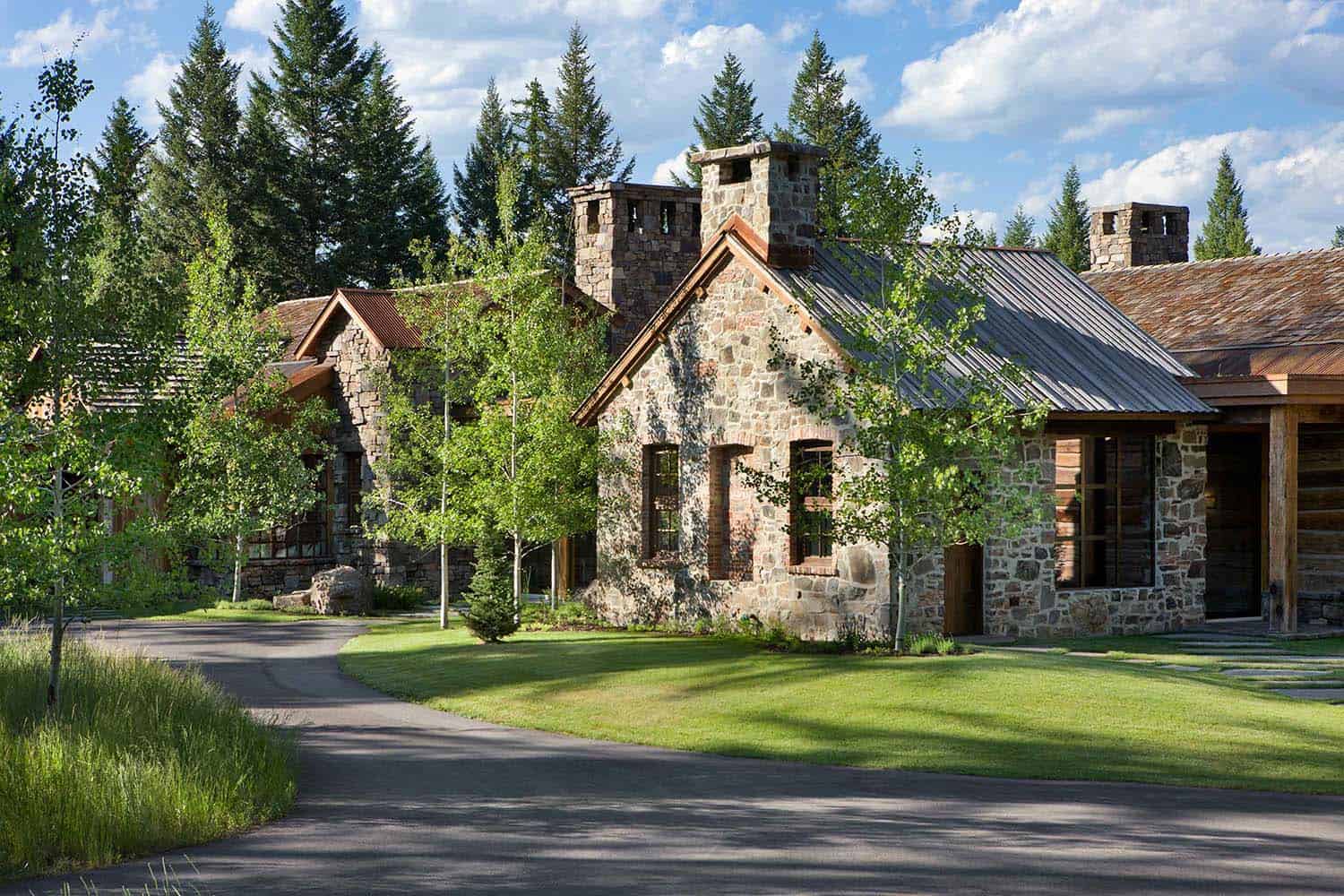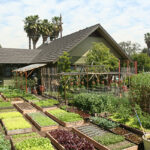Planning a 15 acre homestead raised bed layout can be an exciting and rewarding endeavor for any aspiring homesteader. With the right approach and some thoughtful planning, your homestead can become a productive and sustainable source of fresh produce and other resources. In this article, we will delve into the intricacies of creating an efficient and fruitful layout for your raised beds.

Why Choose Raised Beds?
Raised beds offer numerous benefits for homesteaders. They improve soil drainage, reduce weed growth, and provide better control over soil quality. Additionally, raised beds can be designed to be ergonomic, reducing the need for bending and making gardening more accessible.
Understanding Your Land
Before you start designing your 15 acre homestead raised bed layout, it’s crucial to understand the characteristics of your land. Consider factors such as soil type, sunlight exposure, and water availability. This knowledge will guide you in making informed decisions about placement and plant selection.
Soil Type and Quality
Conduct a soil test to determine the nutrient content and pH level of your land. This will help you decide if any amendments are necessary before constructing your raised beds.
Sunlight and Water Access
Assess how much sunlight different areas of your homestead receive throughout the day. Ensure your raised beds are placed in locations that receive adequate sunlight and have easy access to water sources.
Designing Your Raised Bed Layout
Once you’ve assessed your land, it’s time to design your layout. Here are some key considerations:
Bed Size and Shape
Decide on the size and shape of your raised beds. Common dimensions are 4 feet wide by 8 feet long, but you can adjust this based on your needs and space availability.
Pathways and Accessibility
Create pathways between your beds to ensure easy access for planting, maintenance, and harvesting. Paths should be wide enough for tools and wheelbarrows.
Companion Planting
Consider implementing companion planting strategies to maximize space and enhance plant growth. For example, plant tall crops like corn alongside shorter crops like beans.
Construction and Materials
Choosing the right materials for your raised beds is essential for longevity and functionality.
Wood Options
Cedar and redwood are popular choices for their natural resistance to decay. Avoid using treated wood, as it may leach harmful chemicals into the soil.
Alternative Materials
Consider using stone, brick, or recycled materials for a more eco-friendly approach. These options can add aesthetic value to your homestead.
Maintaining Your Raised Beds
Proper maintenance is crucial for the success of your raised bed garden.
Soil Health
Regularly amend your soil with organic matter such as compost to maintain fertility and structure.
Pest Management
Implement natural pest control methods, such as using insect netting or introducing beneficial insects, to protect your crops.
Maximizing Yield and Sustainability
To make the most of your 15 acre homestead raised bed layout, focus on maximizing yield while maintaining sustainability.
Crop Rotation
Practice crop rotation to prevent soil depletion and reduce pest and disease buildup.
Seasonal Planting
Plan your planting schedule to utilize all growing seasons, including cool and warm-season crops.
Exploring Additional Resources
For more insights into homestead living, consider visiting Eartheasy for tips on choosing land for homesteading.
Income Opportunities
Your homestead can also be a source of income. Explore ways to diversify your income through activities like selling produce, offering workshops, or even setting up an Airbnb on your property.
Conclusion
Creating a successful 15 acre homestead raised bed layout requires careful planning, but the rewards are well worth the effort. By understanding your land, designing an efficient layout, and maintaining your beds, you can enjoy a bountiful harvest and a sustainable lifestyle.

FAQs
What is the best size for a raised bed?
The ideal size for a raised bed is typically 4 feet wide by 8 feet long, but it can be adjusted based on your space and needs.
How often should I amend the soil in my raised beds?
It’s recommended to amend the soil with organic matter at least once a year to maintain fertility.
Can I build raised beds on a slope?
Yes, you can build raised beds on a slope by creating terraced beds to level the planting area and prevent erosion.





